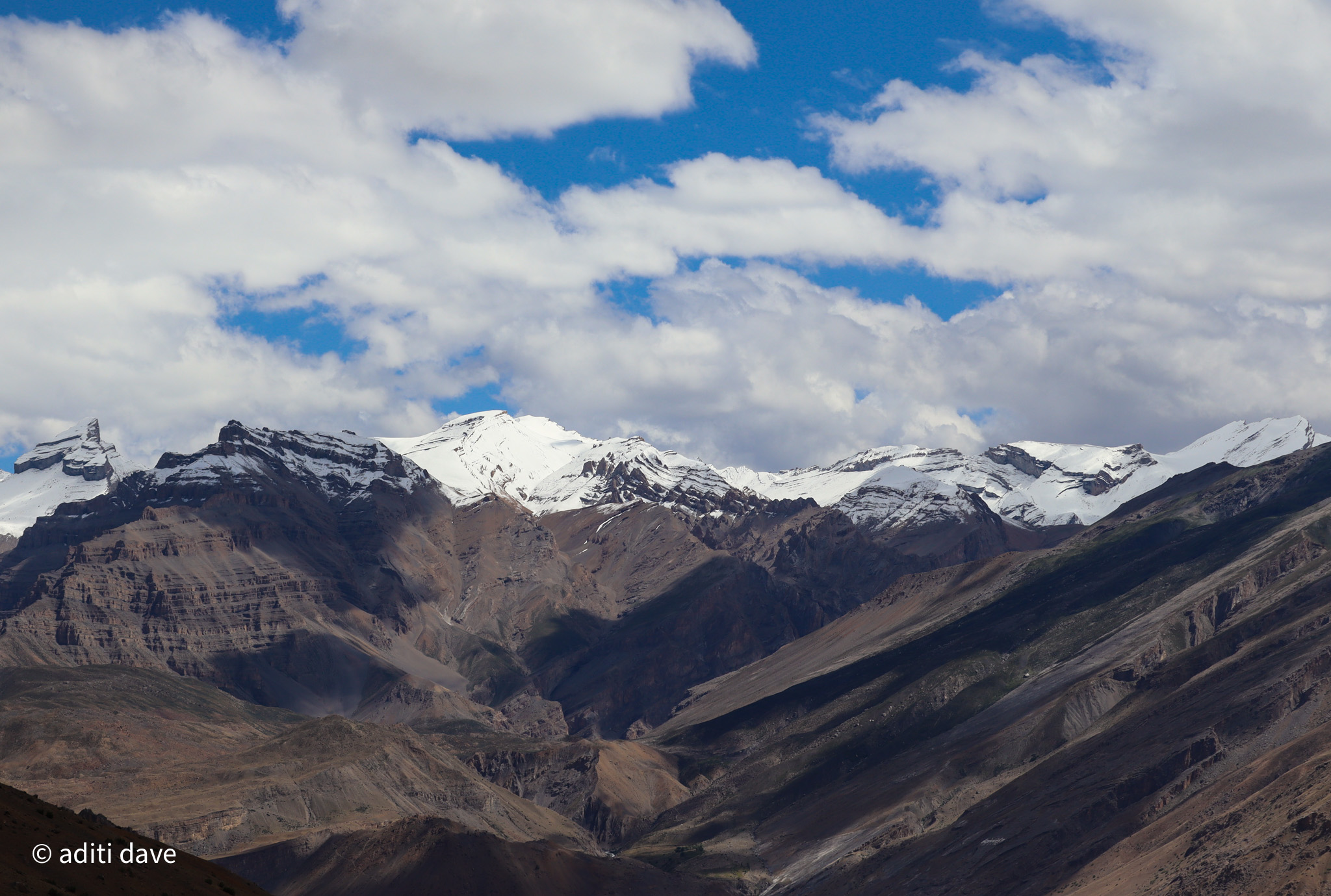
10 Adventure-Filled Stops on the Enthralling Spiti Valley Circuit
Ah, the Lahaul-Spiti Valley circuit, the beautiful Himalayan Cold Desert where your GPS loses its mind, and the grand mountains play hide-and-seek with your sense of direction. Back in 2019, I stumbled upon the ideas of taking on this whirlwind adventure tour, while preparing for the Ladakh Marathon. The brilliant plan was to acclimatize before the big race in a stimulating manner. So in August 2019, I went with a band of fearless adventurers and bikers on a road trip to cover the Spiti Valley circuit. Now, remember, I wasn’t exactly a biker back then. In fact, my bike knowledge was limited to knowing where the fuel tank was. But perhaps this expedition was the one that planted the seed of learning to ride a bike, leading me to another adventurous solo biking escapade in 2021.
Surrounded by the sheer beauty of the Greater Himalayan National Park, this trip was a rollercoaster of experiences. To truly immerse in the grandeur of this region, one needs a good 7 to 10 days of trip planning. Also, remember that the rocky Himalayan ranges are known to have a sense of humour, often shaking landslides causing unexpected extra hours or even days of vacations.
Now, when’s the best time to go to Spiti Valley wild ride, you ask? Well, it’s typically in August-September when the monsoons have decided to take a break and winter is yet to make its grand entrance. Not too cold, not too rainy – just right. Many tour operators offer this heart-pounding adventure at various price ranges. And if you’re a biking enthusiast, it’s an absolute must-do circuit in India for a full-throttle, two-wheeled adventure.
1. Kufri – A Frosty Beginning to a Grand Adventure
The start of my grand Spiti adventure was from Chandigarh, the bustling capital of Punjab and Haryana. I embarked on this journey with a colorful bunch of fellow travelers – diverse in age, interests, and horoscopes. Of course, things were frostier on day one. It was as if our passions were having a full-on disagreement.
We hopped onto a trusty mini-bus, and for a good 6-7 hours, we chugged along the winding roads. Meanwhile, the accompanying bikers zipped ahead, probably sharing stories of their fearless exploits. In those initial hours, it was all “live and let live,” but not necessarily “laugh and let laugh.” But here’s where the magic of the mountains kicked in – the nippy weather of Kufri worked like a charm, defrosting not just the surroundings but our icy relations too.
 And then, like a cherry on top, we were greeted by the enchanting landscapes of Kufri the next morning, which coincidentally was August 15th, India’s Independence Day. It was as if Mother Nature herself was unfurling the tricolor just for us. We set out to explore the area, and boy, did it live up to the hype.
And then, like a cherry on top, we were greeted by the enchanting landscapes of Kufri the next morning, which coincidentally was August 15th, India’s Independence Day. It was as if Mother Nature herself was unfurling the tricolor just for us. We set out to explore the area, and boy, did it live up to the hype.
We had a delightful ride through dense woods in Fago, surrounded by majestic pine and deodar trees. We even paid a visit to the Himalayan National Park zoo, where we tried to strike up conversations with some rather aloof wild predators and over enthusiastic antelopes. They were probably discussing their wild life philosophies, while we were left mesmerized.
2. Narkanda – Mythical Wonderlands and Polyandry Tales
Our next pitstop on the epic Spiti circuit was Narkanda, a mystical wonderland in Kinnaur district, about 60-70 kilometers away from Shimla. Narkanda is the kind of place where the Himalayan mountain range shows off its best angles and it’s loaded with mythological tales and cultural curiosities.
Situated on the ancient Hindustan-Tibet Road, Narkanda flaunts the majestic Hatu peak, standing tall at a whopping 3,400 meters (11,154 feet) above sea level. Amidst lush forests at the peak, you’ll find a charming wooden temple known as the Hatu temple. Legend has it that Hatu Mata is none other than Mandodri, the virtuous wife of Ravana. And right nearby, there’s a rock formation that looks like a stove. Locals swear it’s where the Pandavas whipped up some meals during their undercover gig a.k.a. Agnyaat Vaas.
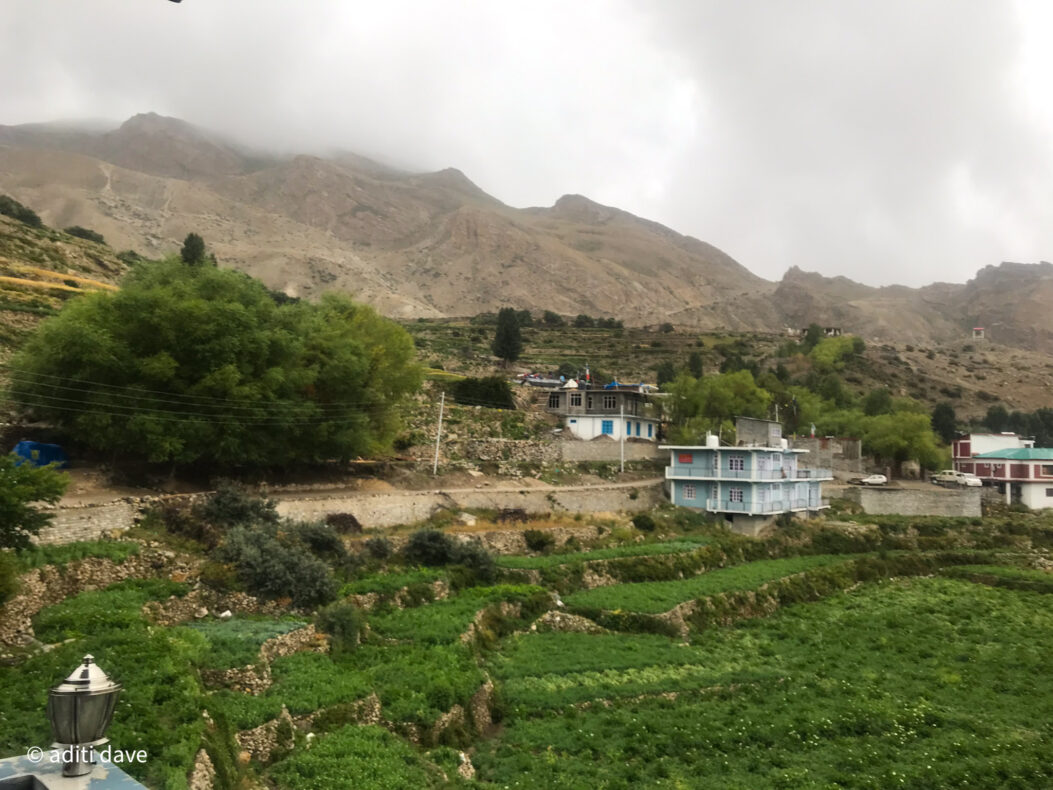
Now, since I was prepping for the Ladakh marathon, I decided to go on my own “agnyaat” midday run through the Narkanda Village as the weather was playing nice. During my sprint, I stumbled upon a quaint village monastery and even had a thrilling encounter with some overenthusiastic mountain dogs. As I returned, I joined my fellow adventurers to check out something unique – an artificial lake called Tani Jubbar. It is like a hidden gem, nestled amidst a forest of pine and spruce trees.
And then came the evening, where we huddled up in our cozy hotel in Narkanda, sipping on hot chai and munching on bhajiyas. But the highlight of the evening? An unforgettable conversation about the local culture of “polyandry”. Apparently, it’s a thing in many Kinnaur villages, and our hotel owner was more than happy to share his unique story. As I admired a stunning picture in the hall of a woman decked in traditional Kinnaur attire and jewelry, the owner casually mentioned, “That’s my wife, who’s currently living with my brother, who’s also her husband.” Talk about keeping it in the family!
3. Sangla Valley – Rakcham: A Journey Through Paradise
Leaving Narkanda at the crack of dawn, our fearless road warriors aimed their trusty steeds towards Sangla Valley. The journey was like a dream etched on a postcard, with winding roads that could make your heart skip a beat. We cruised through Karcham, crossing mountains, following the melodious melody of the Satluj River, with waterfalls cascading from rocky heights, roads carved through the mountains, leading us into another world, dams and rickety old bridges adding flavour.
Now, I’m not one to miss out on the thrill, so I hopped on the back of a biker’s ride for a while. Feeling the raw beauty of the surroundings and the chill in the air was way better than being a mere spectator through the window of a mini-van.
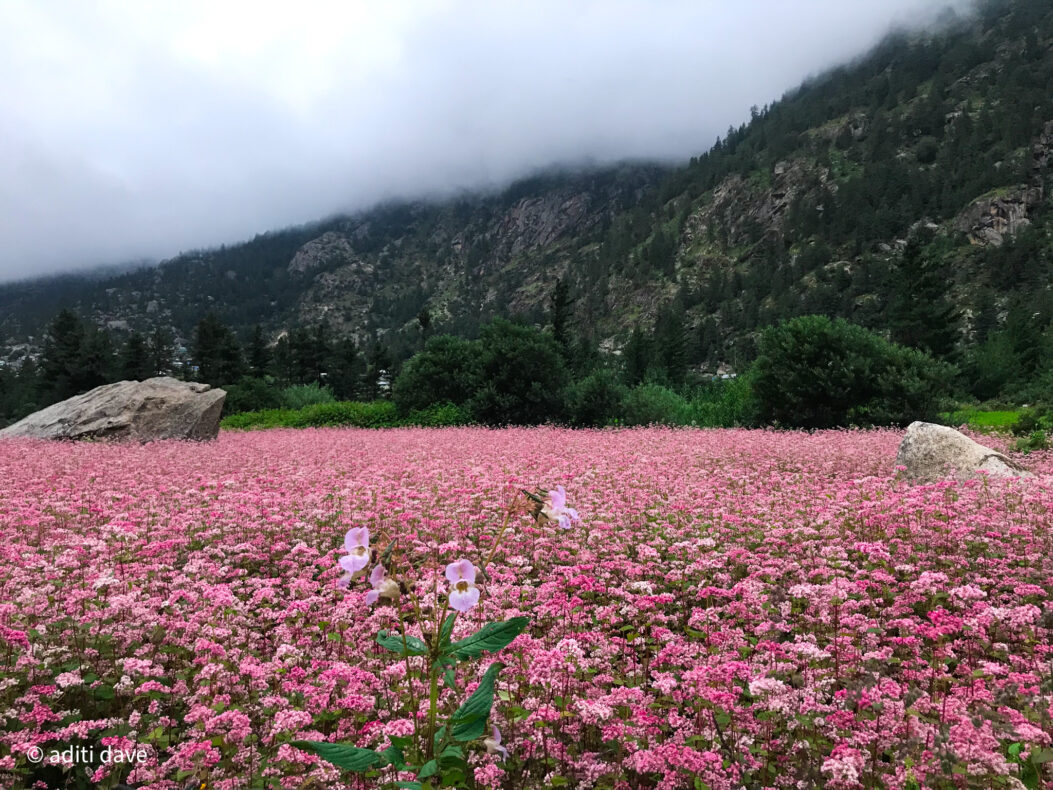
Sangla Valley gave us a big green bear hug, cradling the Baspa River beneath its lush embrace. Our home for the next two days was the enchanting village of Rakcham, where we settled into cool camps with front-row seats to the show-stealing mountains. Picture this: a wonderland with fields of pink wildflowers in full bloom and, oh yes, an internet black hole. But yours truly, the pro-digital nomad, worked some magic and managed to get the laptop online. I spent the evening being a diligent digital explorer while feasting my eyes on the view.
The next morning, in a burst of enthusiasm, I decided to go for a swift jog through those lovely pink flower fields, alongside the babbling brooks. Not to be outdone, my fellow adventurers, fueled by friendly rivalry, borrowed a few bicycles to show off their athletic prowess. Of course a village with no phone signal can inspire athletic ambitions!
4. Chitkul – The Last Indian Village on the Tibet Border
Rakcham is the second-last village of India before you hit the Tibet border. Our quest for the day was to venture further to Chitkul, the last Indian village on the Tibet border. So, we all piled into our trusty mini-van, embarking on a muddy, winding road adventure. When we set off, the weather was our friend, but by the time we reached Chitkul, the heavens decided to throw a temper tantrum, and rain poured down for a solid 2-3 hours. What do you do when nature plays a prank? Seek solace and savor some chai, Maggi, and engage in epic battles of Zenga at the local Zostel!

When the rainclouds finally ran out of tears, we ventured outside and found ourselves swallowed by Chitkul’s unparalleled beauty. On one side, you could feast your eyes on snow-capped mountains, while the other side was a quilt of wooden houses and apple orchards. For most of the year, this place remains cocooned under a thick blanket of snow. So, visiting Chitkul, perched at an altitude of about 11,319 ft, with the mighty Kinner Kailash as its backdrop, is a must-do when you’re in Sangla, even if you occasionally get stuck due to unexpected landslides, like we did. It’s all part of the adventure!
5. Kalpa – Gateway to Spiti Valley
After two days of pure bliss in picturesque Rakcham, we set our sights on Kalpa, a quaint village in the Kinnaur district and the gateway to the Spiti Valley. Kalpa isn’t your average tourist haunt. With very few hotels and facilities, it’s the kind of place where you absorb the sheer beauty of nature and savor apples fresh from its famous orchards. As soon as you reach Kalpa (after a slightly challenging drive that might test your relationship with motion sickness), you’ll be itching to take a long walk along its charming lanes offering an unobstructed view of the Kinnaur-Kailash mountain range.
Now, while Kalpa offers a plethora of things to do, like adventurous trekking paths, ancient temples and monasteries, and of course, apple orchards, we couldn’t resist the most infamously named attraction – the Suicide Point. Situated around 3 kms away from Kalpa village, it’s said to be the backdrop of many spine-tingling, hair-raising, and often unverified tales of, you guessed it, suicide. But the place is so captivating that tourists often forget about the perilous trench and the death-defying vertical slope they navigate on their way up to the point
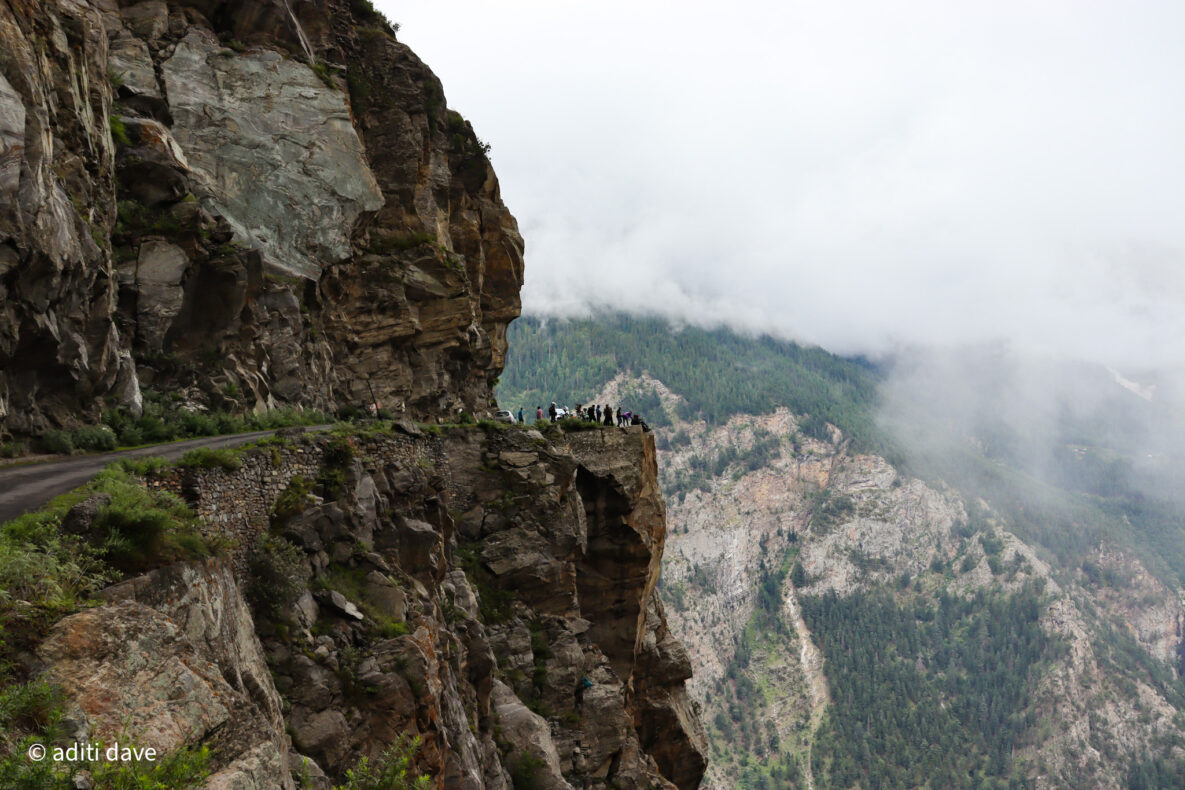
Now, when I first arrived, I admit I was a bit spooked by these stories. The dizzying heights made me feel almost seasick. As I was standing there contemplating life, deaths and heights, a colossal griffon vulture soared right over my head. It was like Mother Nature herself decided to send in the majestic air cavalry to cheer me up. That vulture became the star of my Suicide Point experience, flying in all its glory. So, in the end, I left the Suicide Point with positive thoughts about life, heights, and a magnificent bird.
6. Nako and Tabo – Unexpected Detours and Warm Homestays
Next day our road tripper troop started journey towards Nako, a charming hamlet nestled in the Kinnaur. As we traversed we also went through a kind of remarkable transformation, both in the landscape and among us. The chill in the air was intensifying, but the warmth of camaraderie was gaining momentum. More eager souls joined our expedition because of road blocks and broken vehicles, swiftly turning strangers into friends.
The lush green valleys of Kinnaur were soon replacing to the rugged allure of the Cold Desert. The mountains were appearing more and more earthy brown with oases of greens and meandering rivers.

In Nako, an oval-shaped lake sits cradled among the surrounding mountains, with the village below dressed in pristine whitewash. To fully enjoy this scenic marvel, we embarked on a climb to an ancient Buddhist temple perched like a sage on a hill, overlooking the village. The view from this lofty vantage point was so absolutely breathtaking and we didn’t want to step down, but then a traveller never stops and so we had to move on to go to Tabo.
Tabo, a town that’s cozily nestled in the Lahaul and Spiti district along the banks of the Spiti river, is no ordinary place. It wraps its arms around a Buddhist monastery that boasts more than thousand years of history! Even the Dalai Lama’s influenced; he’s been eyeing Tabo as his retirement home, believing that this monastery is the holiest of holies.
For us too Tabo became a sort of safe haven, as the mountains and weathergod conspired to create landslides and road blocks. We found ourselves bunking up in a delightful local homestay. And what a time we had! We feasted on garden-fresh veggies, slurped mountain cow milk (who knew cows could climb so high?), and savored butter tea in a cozy traditional tea room. The Tabo stay turned out to be quirky reality show where a group of folks are forced to bond over bad weather and blocked paths. In all honesty, I think this unexpected detour to Tabo turned out to be the highlight of our adventure. Who knew getting stuck in a tiny mountain town could be this much fun?
7. Kaza – Exploring the Biggest Town in Spiti
Traversing what felt like the moon’s craters in a shade of brown and vertically cut mountain rocks, we eventually landed in Kaza, the biggest town in Spiti district. It’s quite a happening place in this region, especially if you’re into cute cafes and legitimate bike repair shops – and we definitely are. While our biker buddies went off to give their trusty steeds a good scrub, we decided to hang around at an intriguing café called “The Himalayan Café,” run by a Mumbai girl. As she shared her story of inspiration under the starry Spiti night sky inspiring her to relocate here and open a café, I felt my inner mountain lover stir. I began to dream of a life in the mountains but quickly snapped back to reality as I remembered the comforts of city life – and the elusive fiber broadband internet, which is almost impossible to find in Kaza.
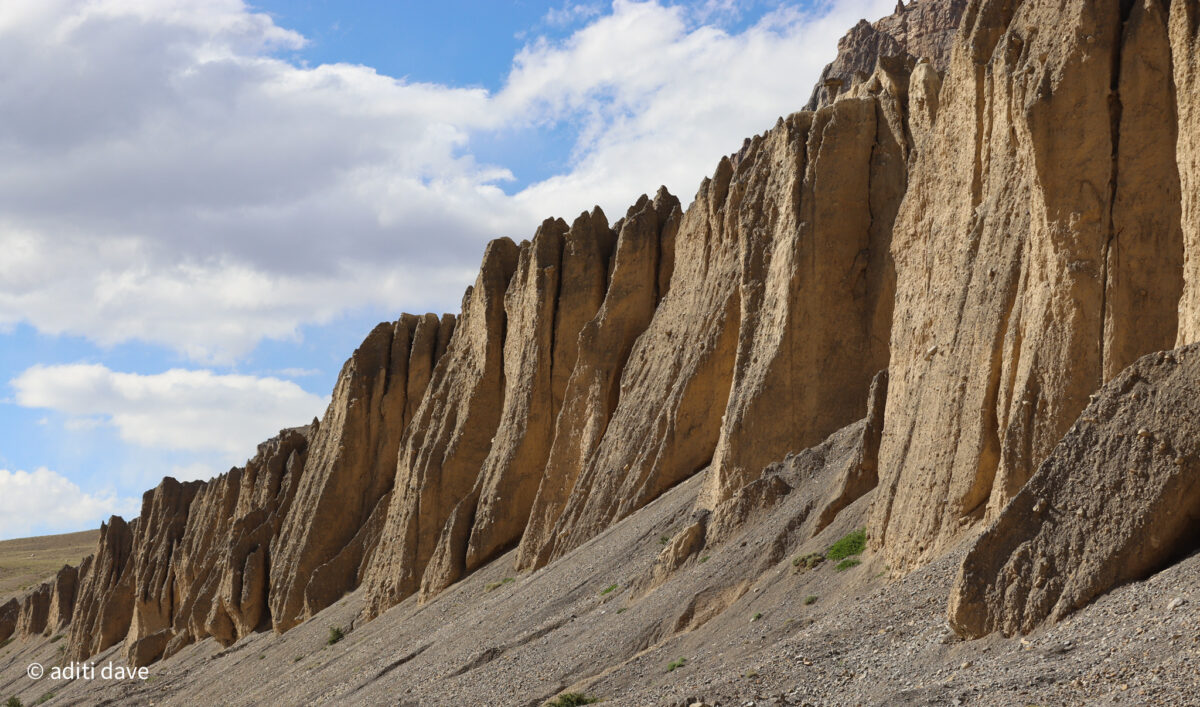
8. Langza, Komic & Hikkim – Offbeat Gems Near Kaza
Around Kaza, there are plenty of interesting villages and attractions to explore, and we dedicated our next day to checking them out. Places like Langza, Komic, and Hikkim are offbeat gems near Kaza in the Spiti Valley, perfect for a leisurely day of exploration.
Now, if you’ve ever googled Spiti or Kaza and seen a photo of a colossal Buddha statue, that’s Langza village for you. Perched at an altitude of 14,500 feet, I must admit, I felt a bit lightheaded staring up at the iconic statue. Perhaps it was a taste of nirvana. But that fleeting spiritual moment was abruptly shattered by the aroma of piping hot maggi noodles available at a nearby café. Oh, the earthly pleasures!
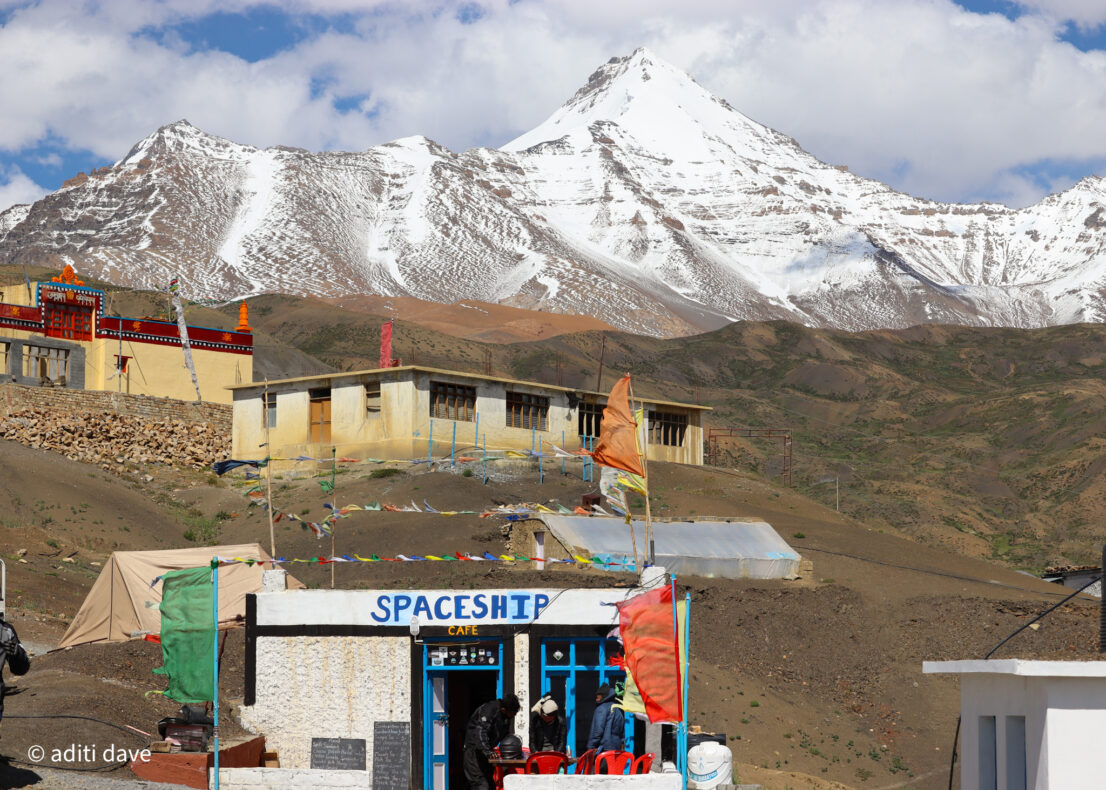
Langza is also known as the “Fossil Village” because it’s believed that Spiti was once submerged under the Tethys sea, which explains the abundance of marine fossils in this village. Locals might try to tempt you into buying these fossils, but beware – buying and transporting fossils is a no-go, and we don’t want to mess with Mother Nature’s souvenir shop.
Another high-altitude village we ventured to was Komic, just 10 km ahead of Langza. It’s famous for housing the world’s highest motorable monastery, the Tangyud Monastery. The village offers some jaw-dropping vantage points for witnessing the breathtaking views of the Spiti Valley.
If you’re starting to feel a bit too “high” from the altitude, don’t worry; just about 16 km from Kaza lies the world’s highest post office in the village of Hikkim. Sending some postcards from there to your loved ones – or even to yourself – is sure to give you the ultimate high of receiving mail from the “higher ups.” So why not, it’s all about reaching new heights, right?
9. Key Monastery & Chechum Bridge – Spiritual Highs and Thrilling Heights
From altitude highs to seeking a spiritual high, our next stop was the Key Monastery. Perched at an elevation of about 13,500 ft and overlooking Kaza, the Key Monastery proudly holds the title of the largest in the valley. This gompa is like a whimsical collection of low rooms and narrow corridors perched on a monolithic conical hill. It’s where hundreds of lamas come to get their spiritual training, but it’s not just about deep thoughts and soul-searching. The Key Monastery is also famous for its beautiful murals, thankas, rare manuscripts, stucco images, and peculiar wind instruments that make up their orchestra. Now, I wasn’t exactly in the mood for an uphill climb to seek spiritual solace, so I decided to take the offbeat route – capturing stunning photos of the Key Monastery and the jaw-dropping view of the Spiti Valley. Because, who says you can’t find enlightenment through the lens of a camera?

Leaving Kaza behind, our journey took off for our next amazing destination, and along the way, we crossed the highest bridge in Asia – the Chicham Bridge. This bridge sits at a staggering height of 13,596 ft and connects two villages Chicham and Kibber. It is certainly not for faint hearted or those with vertigo to look down from there – as you’ll find yourself peering into a whopping 1,000 ft deep gorge! Nevertheless, the thrill to cross over a bridge so high is like touching the heavens. Post this grand adrenaline rush, we reached Chandratal Lake, the last of our thrilling destination – or so the itinerary said. This emerald lake is another wonder tucked away in the folds of the Himalayas.
10. Chandratal & Manali – The Whirlwind Journey’s Stunning Conclusion
Chandratal, or the Moon Lake, is a stunning yet desolate piece of paradise nestled at a staggering 14,100 feet in the Spiti and Lahaul district. Getting there, however, feels like a wild ride on the bumpy lunar or maybe Martian roads. As for me, the road to Chandratal was a whirlwind of nausea and motion sickness. I had to pull our mini-van over so many times to have a chat with my breakfast that my fellow travelers were placing bets on whether I’d be sent back to Kaza. But hey, I’m no quitter, so I decided to jump on a bike and ride pillion to Kumzum Pass, which was about 6 km away from Chandratal. Of course, I had to shield my head from those rogue stones that the rocky mountains so generously throw around – it’s like a local tradition there.
Finally, we arrived at Chandratal – and let me tell you, that mesmerizing, crystal-clear emerald lake water worked wonders for my queasy nerves. The gruesome journey was quickly forgotten as everyone marveled at the view while shivering in the chilly breeze. As for me, I had to flaunt my fitness prowess as a warm-up to my upcoming Ladakh marathon – I decided to take on the challenge of circumambulating around the lake, a trek of about 3-4 kms. Two very fit fellow travelers and our mountain man of a driver joined me. I held my own, kept a brisk walking pace, and even threw in a short sprint. It was the pinnacle for me – running at 14,100 feet. Ladakh Marathon, here I come!
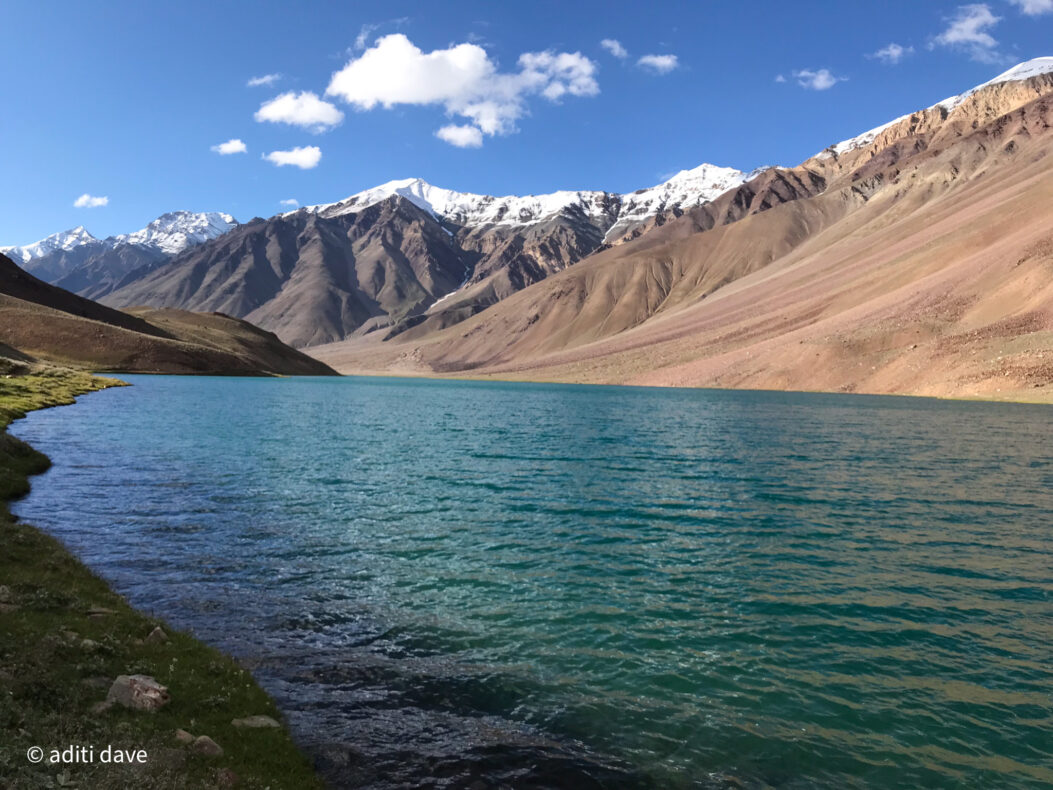
But I wasn’t prepared for the night that followed. It was bone-chillingly cold, and our sleeping arrangement was not quite cosy hotel room but canvas tents. No amount of layering and warm clothes seemed to help as we attempted to get some shut-eye. I cursed my adventurous spirit and wished for the sun to rise faster. Eventually, exhaustion from the day’s journey and the circumambulation effort took over, and I slipped into a slumber that lasted until sunrise.
The next morning, as we set off for the final leg of our Spiti Valley adventure, we were in for a surprise. Those small water streams we crossed the previous day had now grown in size and depth. Our trusty mini-van driver navigated us through without breaking a sweat, but the biker gang had a balancing act to perform.
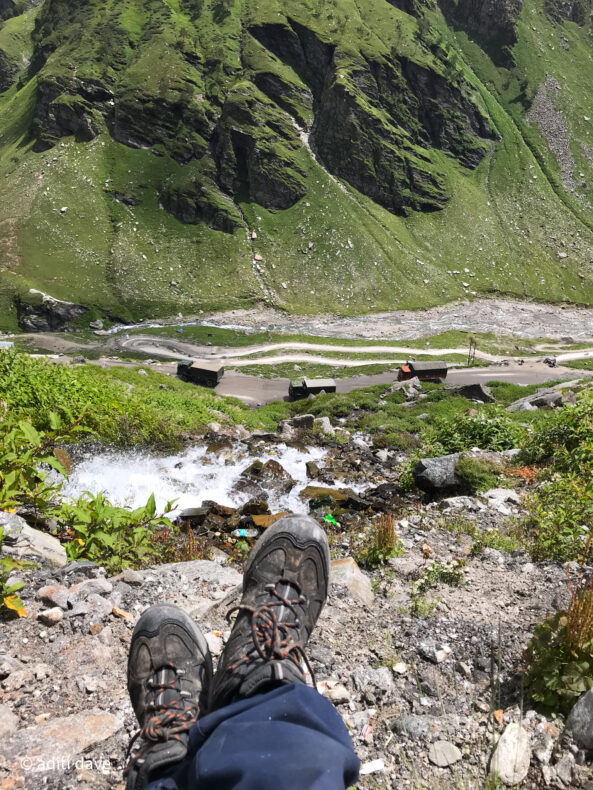
Eventually, we all bid adieu to the rugged terrains of Spiti Valley and rolled onto the smoother roads of Rohtang Pass. Just a few kilometers away from Manali, our last adventure struck – a landslide! We found ourselves stranded for over two hours in the middle of the road, daydreaming about the cozy hotel room waiting for us. There was no food or water in sight, just loads of tourists and honeymooners in a peculiar rush to pass the roadblock. I couldn’t help but notice the urbanite habit of defying traffic rules had made its way to the mountains.
In Manali, we shared a delightful farewell dinner, and the next morning, I bid adieu to the group of fellow travelers I’d embarked on this unforgettable journey with. I had forged friendship bonds that would last a lifetime with some of them. For the next two days, I wandered around Manali, exploring local sights like the Hidamba Temple, the zoo, the Old Manali market, and venturing down some less-trodden paths in this famous hill station. I found new companions, made fresh friends, and set off on the next leg of my journey to Ladakh for the half marathon.


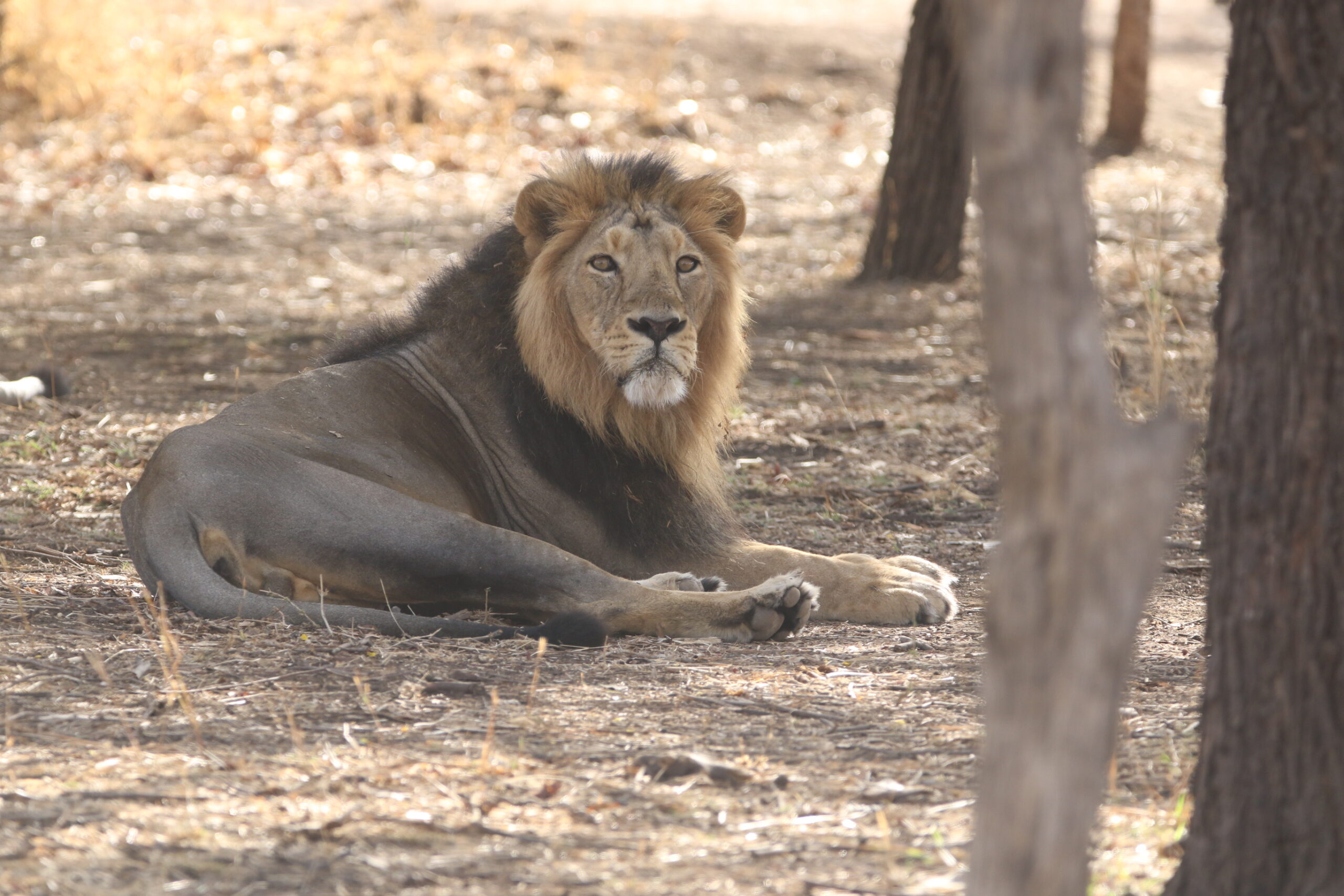
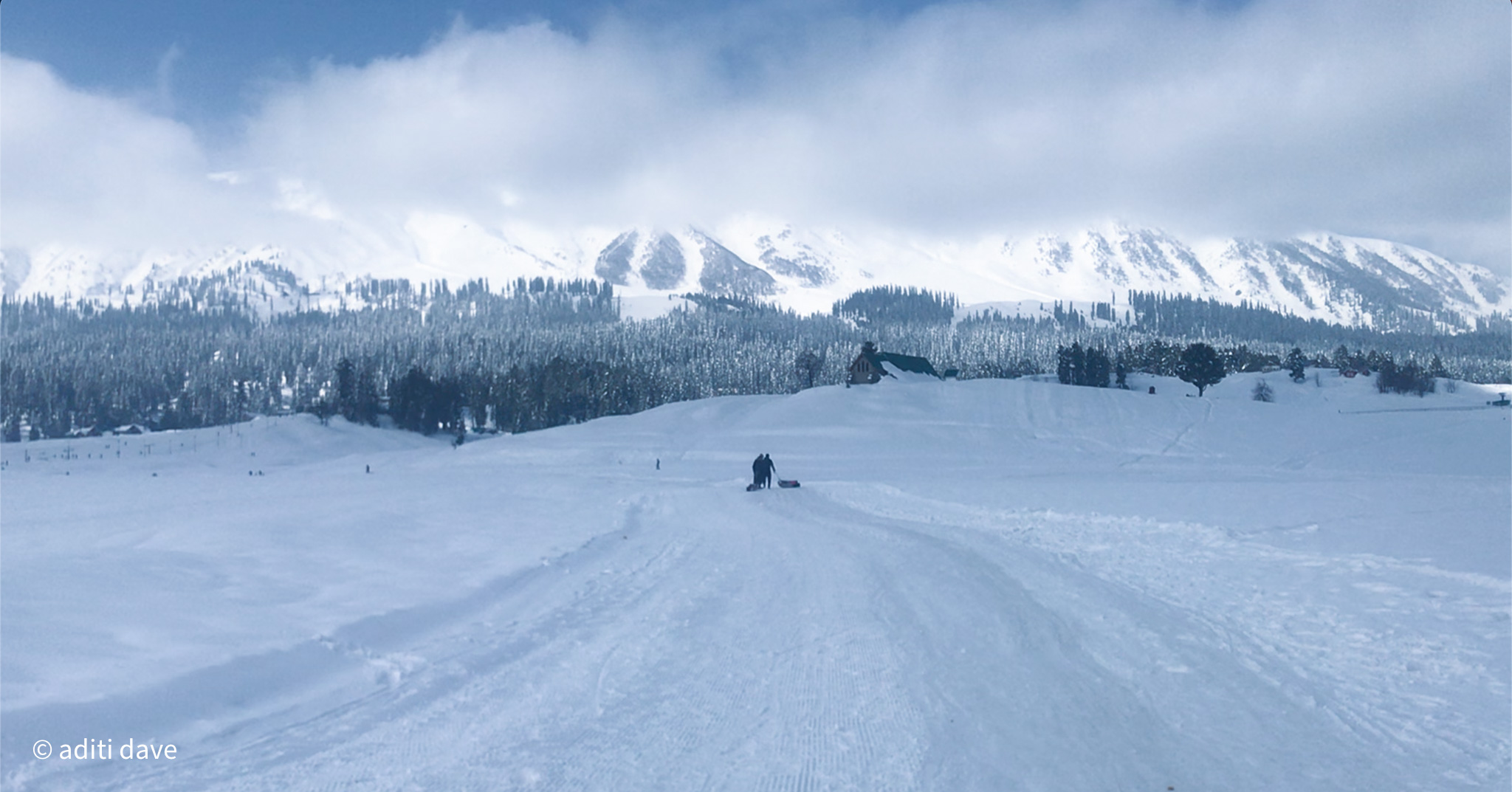
One Comment
Pingback: